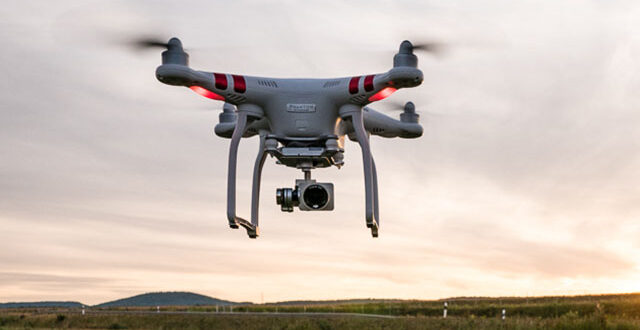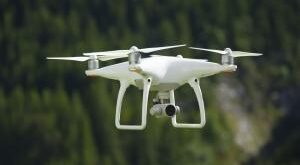Zimbabwe will speed up the process of buying drones worth US$2 million to be used at all ports of entry to reduce smuggling, while plans are at an advanced stage to place a CCTV camera system at border posts.
The country is losing millions of dollars in potential revenue as a result smuggling of goods into the country through official borders and undesignated points.
Zimbabwe is a landlocked country surrounded by five countries, namely South Africa, Mozambique, Zambia, Namibia and Botswana.
These countries provide a direct link to seaports through which the goods imported into and exported from Zimbabwe by sea including those to other counties transit through.
Zimbabwe has designated 16 ports of entry along the borderline with neighbouring countries through which goods should be imported or exported.
However, more than 30 undesignated crossing points along the same borderline have been identified since there are no physical and geographical barriers between Zimbabwe and its neighbours.
A huge volume of goods such as clothing items, footwear products, fuel, restricted or controlled goods, electrical items, alcoholic beverages, motor vehicles, wildlife, minerals, tobacco products and many others are smuggled into or out of the country using both the designated and undesignated crossing points resulting in substantial loss of revenue to the Government.
“ZIMRA will move with speed to procure drones worth an estimated US$2 million that will be used at all ports of entry to reduce smuggling and underhand deals,” the country’s state revenue collecting agency said in a statement yesterday.
“Plans are also at an advanced stage to place a CCTV camera system at border posts and strategic areas. The CCTV system will be linked to a loss control command centre at ZIMRA head office that will have sight of the footage live feed from the border post.”
ZIMRA also said it will continue to enforce controls to avoid importation of restricted or prohibited goods through the Electronic Cargo Tracking System (ECTS).
Last year, it sealed 35 076 trucks which gave the authority about US$1 million in sealing fees and $217 000 from fines.
The ECTS uses GPS/GPRS technology for tracking.
Electronic seals are affixed to cargo containers, box trucks, soft sided trucks (flat decks with side curtains), tankers, and break bulk (goods under tarpaulin) the electronic seals send regular signals to the control room to show the location of the cargo.
ZIMRA said it will submit position papers to ensure the system which was imported will be produced locally in partnership with other domestic players who will be required to benchmark against international best practice and to get international accreditation.
Currently the ECTS that ZIMRA uses is from Malaysia and there is a keen interest from the Government investigate the possibility of a locally produced system.
The aim is to expand the transit economy with Zimbabwe acting as a transit hub in the region together with ensuring Zimbabwe adopts and implements the concept of dry ports in areas such as Makuti and Forbes. The Herald

 Unmanned Aerial Vehicle The latest drone news
Unmanned Aerial Vehicle The latest drone news





